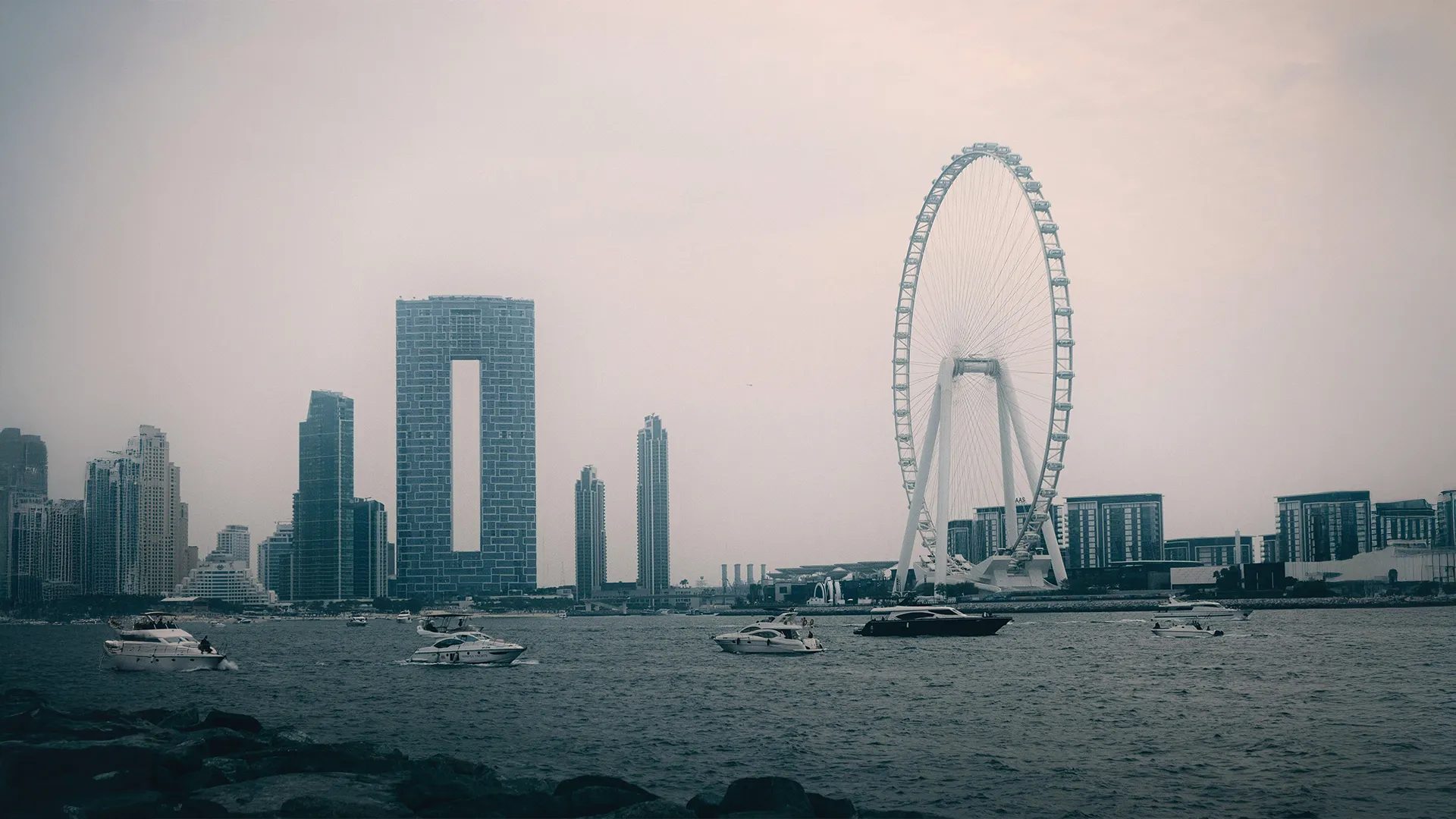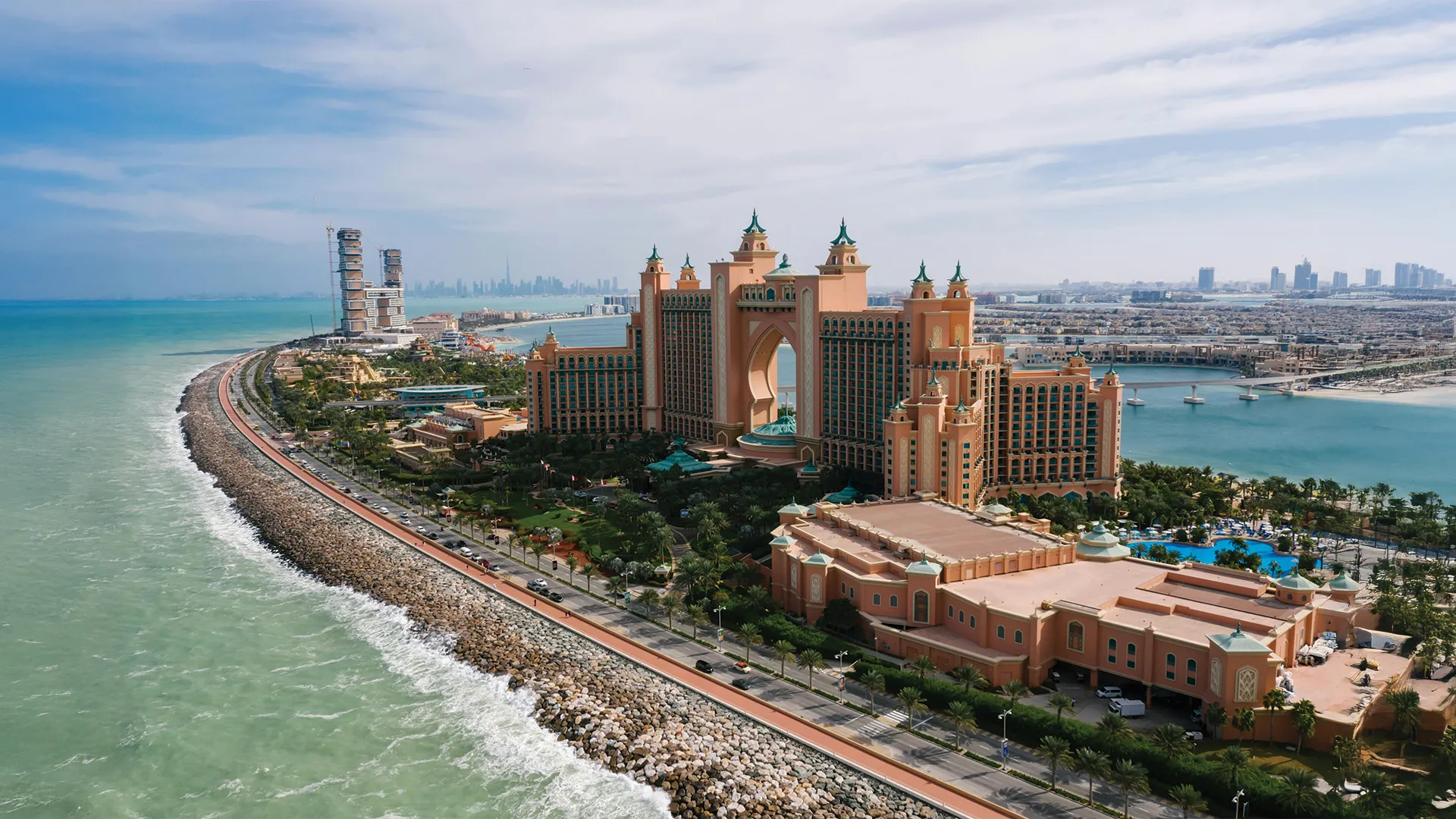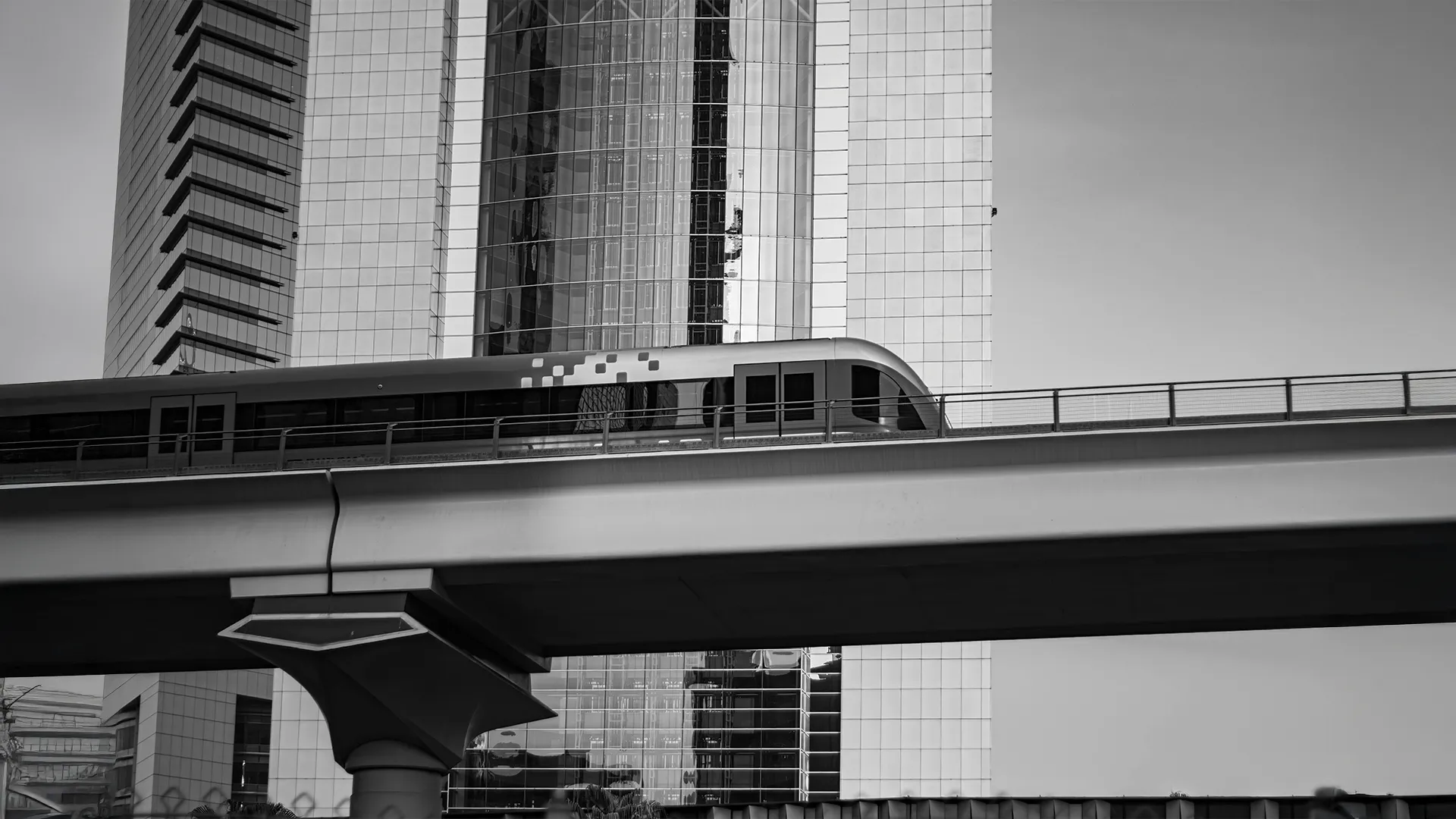

Dubai’s Tourism Boom: The Secret Force Driving Real Estate Growth
Summary
Have you ever wondered why some properties in Dubai seem to sell out overnight, while others take months to move?
The secret isn’t just location, it’s what surrounds it. From the dazzling lights of Dubai Creek Harbour to the world-famous Palm Jumeirah, attractions shape more than just the city’s skyline; they define where people want to live, stay and invest.
For savvy investors, this raises a powerful question: what if the very places tourists flock to could also be the key to unlocking your next big return?
Properties near these hotspots aren’t just about prestige, they hold the potential for consistent rental demand and long-term appreciation, turning a beautiful view into a strategic growth asset.
Table of Contents
- Factors Enhancing Real Estate Appeal
• Robust Tourism Industry
• World-Class Infrastructure
• Investor-Friendly Policies
• Tax-Free Environment
• High-Quality Living - The Influence of Dubai’s Attractions on Property Demand
- Key Factors to Evaluate Before Investing Near Attractions
- Fact Box
- Conclusion
Factors Enhancing Real Estate Appeal
Dubai’s property market isn’t rising by luck, it’s being engineered by vision.
Behind every new skyline, thriving neighborhood and sold-out launch are deliberate government strategies, a booming population and a tourism engine that never slows down.
From the Dubai Economic Agenda D33, which aims to double the city’s economy by 2033, to the Dubai Urban Master Plan 2040, which focuses on sustainable growth and livability, every move is designed to make Dubai one of the top three cities in the world to live, work and invest (The National, 2025).

Robust Tourism Industry
Tourism remains the heartbeat of Dubai’s economy, drawing millions of visitors and driving demand for accommodation and lifestyle-driven communities.
- In 2024, Dubai welcomed 18.72 million overnight visitors, a 9% year-on-year increase and a new record high (Dubai DET, 2024).
- Tourism now contributes over 12% of the emirate’s GDP, fueling sectors like hospitality, retail, and — critically — real estate. This creates consistent demand for short-term rentals, serviced apartments and residential properties with high rental demand near iconic hotspots like Downtown Dubai, Dubai Marina and the Palm Jumeirah.
Investor Opportunity:
Areas that capture tourist traffic also capture high-yield opportunities.
Fun fact: a two-bedroom apartment near Burj Khalifa can generate 20–30% higher rental income than similar units in non-tourist neighborhoods (Knight Frank, 2025).
Government Initiatives and Strategic Growth
Dubai’s growth is not just organic, it’s strategically planned to maximize economic output and investor confidence.
- Population Boom: Dubai’s population surpassed 4 million residents in August 2025, and is projected to hit 5.8 million by 2040 (The National, 2025).
- 20-Minute City Vision: Under the Dubai 2040 Urban Master Plan, 55% of residents will live within an 800m walk of a mass transit station, boosting property values near metro and bus lines.
- Did you know? According to Gulf News, properties near new metro stations see 10–25% value growth once operational and up to 30% rental yield increases due to commuter convenience (Gulf News, 2025).
- Car-Free Zones: Projects like the Super Block initiative are creating pedestrian-first districts in Al Karama, Al Fahidi, Abu Hail and Al Quoz Creative Zone.
These initiatives are transforming Dubai into a more connected, walkable and sustainable city.
For investors, this means new neighborhoods aren’t just places to live, they’re growth hubs backed by government infrastructure spending, ensuring long-term capital appreciation.
World-Class Infrastructure
Dubai is expanding its global appeal with high-profile developments designed to attract both tourists and residents:
- Al Maktoum International Airport Expansion: By 2032, its annual capacity will reach 150 million passengers, fueling surrounding areas like Dubai South.
- Blue Line Metro Expansion: Launching in 2029, this line will connect key growth corridors and reduce travel time across the city, significantly increasing nearby property values.
- Dubai Creek Harbour: A new cultural and residential hub that rivals Downtown Dubai in scale and investment potential.
- Green Walkways: Over 3,300 km of walkways, including 124 km of green paths, will enhance livability and community appeal (The National, 2025).
These projects aren’t just creating places to visit, they’re redrawing the investment map, making freehold properties near attractions some of the most valuable assets in the region.
Why This Matters for Investors
As Dubai’s population surges and its infrastructure modernizes, the demand for housing near tourist destinations and transport hubs will intensify.
- More people = more tenants and buyers.
- Better infrastructure = higher property values.
- Strategic planning = lower investment risk.
Investor-Friendly Government Policies
Dubai continuously rolls out initiatives to boost real estate attractiveness:
- Golden Visa pathways for property investors.
- Freehold ownership rights for foreign buyers in key zones.
- A clear, digitized property registration process.
These policies lower barriers to entry and encourage global investors to buy homes with easy access to entertainment and leisure, ensuring high liquidity and demand.
Tax-Free Environment
Dubai’s no property tax and no capital gains tax policies make it a global outlier.
Rental income from properties near tourist hotspots flows directly to investors, boosting ROI compared to cities like London or Singapore where taxation erodes profits.
High-Quality Living
The Dubai 2040 Urban Master Plan focuses on enhancing quality of life:
- More green spaces, public parks and sustainable living communities.
- Integration of smart technologies for seamless urban experiences.
A recent Dubai Land Department study revealed that proximity to parks can increase property values by up to 8%, underscoring the link between lifestyle and real estate (Arabian Business, 2025).
The Influence of Dubai’s Attractions on Property Demand

Key Factors to Evaluate Before Investing Near Attractions
- Proximity & Accessibility
– Walkability and metro access matter. Properties within 10 minutes of a metro station consistently command higher rents. - Type of Attraction
– Permanent attractions like malls and landmarks are safer bets than seasonal or temporary ones. - Freehold Status
– Ensure the property offers full foreign ownership for flexibility and resale ease. - Government Backing
– Areas highlighted in the Dubai 2040 Urban Master Plan tend to deliver stable appreciation. - Yield vs. Appreciation
– Decide whether your goal is high monthly income or long-term value growth. - Tourism Trends
– Monitor visitor numbers and seasonal fluctuations to plan short-term rental strategies - Local Amenities
– Schools, hospitals and retail options are essential to attract both short- and long-term tenants.

Fact Box
- 18.72M international visitors arrived in Dubai in 2024, a record high (Dubai DET, 2024).
- Properties near metro expansions are projected to see 10–25% value growth and 25–30% rental yield increases(Gulf News, 2025).
- Proximity to parks can boost property value by up to 8% (Arabian Business, 2025).

Conclusion
Dubai’s tourism boom isn’t just filling hotel rooms alone, it’s reshaping the city’s real estate landscape.
As new attractions, transport links and lifestyle hubs rise, properties near key destinations become the most coveted assets.
For investors, the strategy is clear:
- Target freehold communities with proximity to attractions and infrastructure.
- Align investments with the Dubai 2040 Urban Master Plan.
- Balance yield and appreciation by choosing properties that appeal to both tourists and long-term residents.
Wasl, one of Dubai’s leading real estate developers and the pioneer in developing golf course communities, offers investors access to strategically located, high-potential properties that capture the upside of tourism-driven demand.
Your next investment opportunity isn’t just a property. It’s a front-row seat to Dubai’s future.
Discover more


